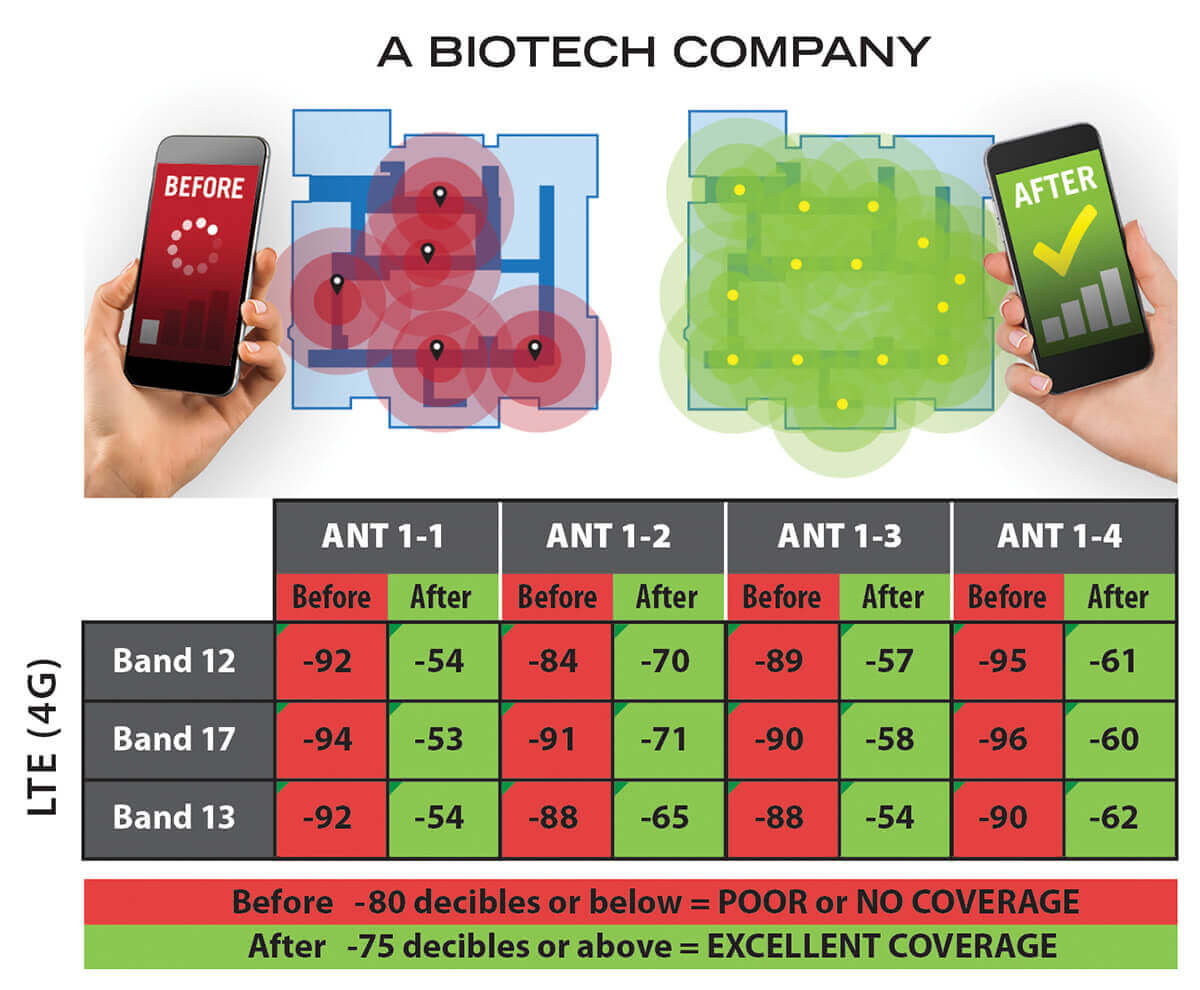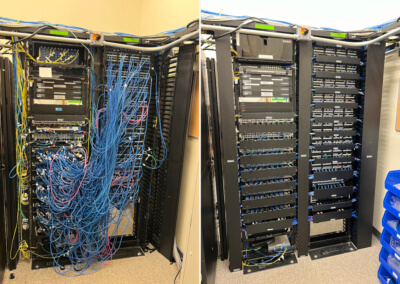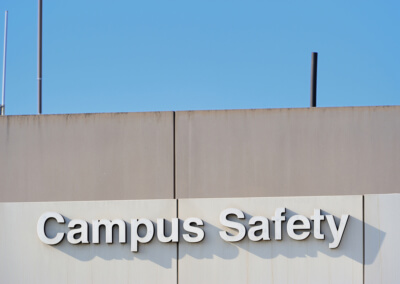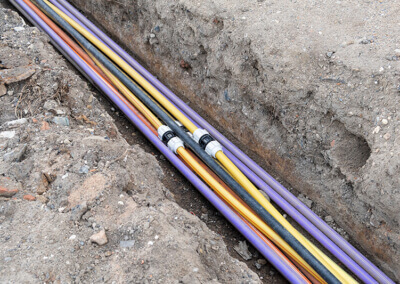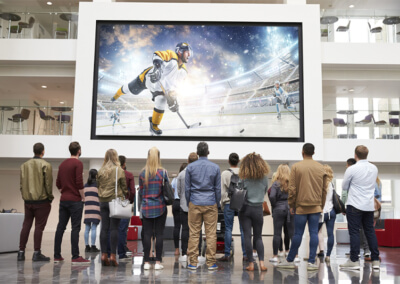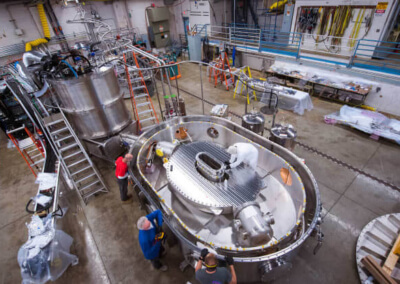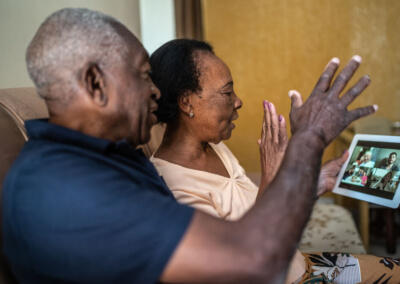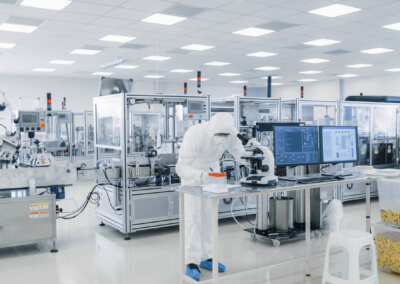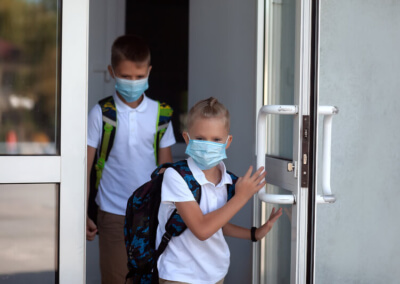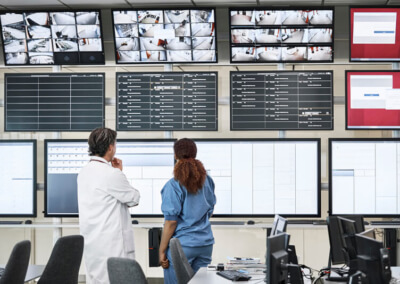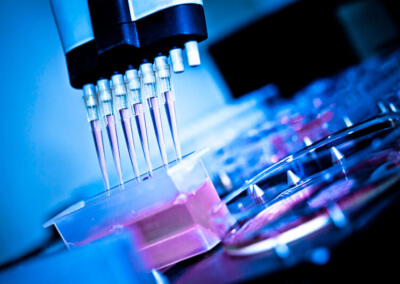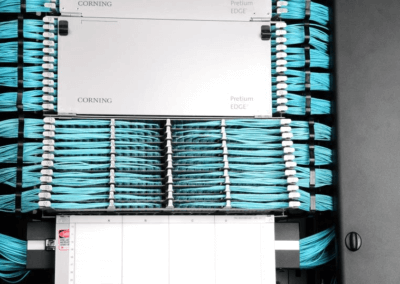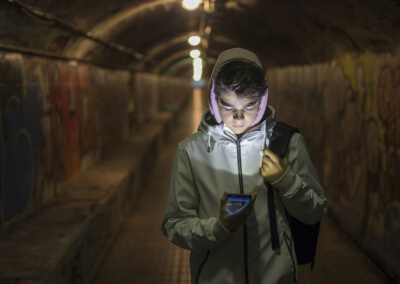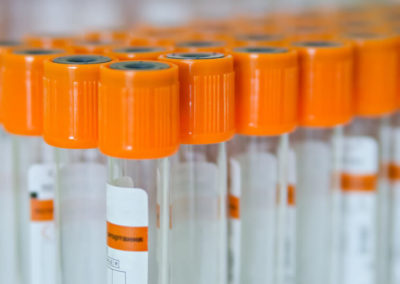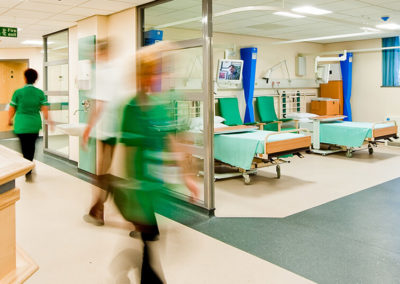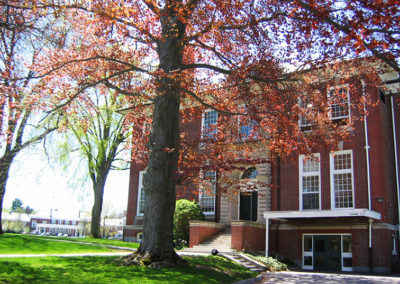Case Study
Biotech Company – No Cellular Service

Location: Cambridge, MA
Technology: Cellular BDA
Challenges: Limited cellular coverage
Sector: Life Sciences
This biotech company has its US headquarters in Cambridge, MA. Their focus is delivering transformational therapies for patients with serious, genetically defined diseases including Huntington’s disease, Duchenne muscular dystrophy, amyotrophic lateral sclerosis (ALS) and frontotemporal dementia.
Low-E Windows and No Cell Coverage
As this life sciences company expanded to Lexington, MA they needed to address the issue of unreliable cell coverage. As a LEED certified building with low-E glass, employees working on the ground floor could not send a text or receive a call. With a build out expanding their space to the second and third floors, they knew they needed to solve this problem for their employees.
The Work:
KTS designed the wireless solution to include installation of a Wilson Pro 4000 cellular BDA to deliver reliable cell coverage for all three floors of the biotech’s space in Lexington, MA.
Challenges:
The Lexington building is located near Hanscom Air Force Base. The building owner had two primary concerns regarding installing a cellular BDA on the building.
- Assurance that the installation of the antennae would not affect the military base.
- Assurance that the cellular BDA would not affect surrounding neighborhoods.
There are many misconceptions about cellular BDAs and KTS was happy to provide the necessary information and design plans to ensure the solution would satisfy these concerns.
An “antenna” is often thought to be high and intrusive, posing potential risk to flight paths. Installation of technology to boost cell signals can also be understood as a risk of preventing or interrupting other signals in the neighboring areas. In actuality, a cellular BDA donor antenna is not high and cellular BDAs do not emit any signals through the donor antenna. The signal from the wireless carrier is captured, brought into the booster and then boosted throughout the building via dome antennas.
KTS provided designs and plans to the building owner to assist in addressing concerns about the antennae and any potential interference with the air force base operations as well as the surrounding neighborhoods. Design plans included specifications of how the cellular BDA antennae would be mounted on the side of the building aligned with the existing roof line. Bands and frequency reports were provided confirming no interference of other signals or communications in the surrounding area.
Benefits/Impact:
With the installation of the cellular BDA, all this bio tech’s employees receive and send texts and calls from all areas of the Lexington offices. There is no impact to the operation of the Hanscom military base or any impact to the communications in the surrounding neighborhoods.
See below for a before and after chart showing the improvement in cellular coverage as recorded throughout the second floor.
Case Studies

A Northshore BioTech Company Expands to New Campus; KTS Helps Phase Communications Infrastructure Work Throughout the Project

A Leading Technology Company Counts on KTS for Two Zoom Rooms for National and International Collaboration

Installation of BDAs to get a cellular signal throughout a concrete and brick building built into a hillside.
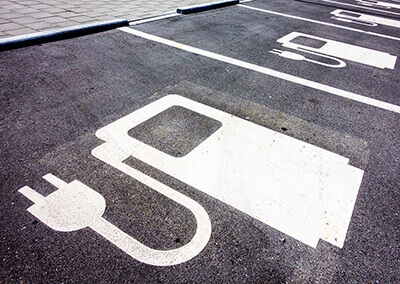
Reliance on apps is part of everyday life. This commercial real estate company turned to KTS to establish cell coverage in the property and in the parking garage.
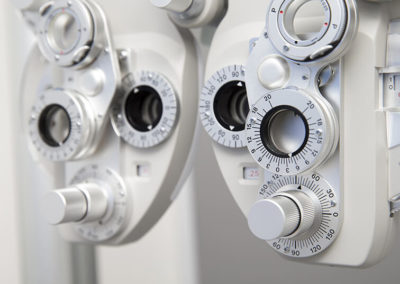
New England College of Optometry counts on KTS for high quality work delivered on-time upgrading technologies in its historic buildings.

Expanding university turns to KTS to install external wireless network for reliable WIFI across campus.
Contact us to discover why so many organizations count on KTS to optimize their performance, functionality and security.

